-
ABOUT US
-
ACADEMICS
Curriculum Program
Departments
- English
- High School Chinese
- Primary and Junior School Chinese.
- High School Mathematics
- Middle School Mathematics
- Primary School Mathematics
- Music and Fine Arts
- Physical Education
- Physics
- Chemistry
- History and Geography
- Physical Science and Optional courses Department
- Middle School Biology
- High School Biology
- Social Sciences
- Computer Science
- Courses in Primary School
Achievements and Matriculations
College Counseling
Science & Technology Innovation Contest
Subject Competition
-
ARTS
-
ATHLETICS
-
AT SHSID
SHSID ∣ TIMES
PTSA
Club Exhibition
- 龙吟社
- Live 2 Drama
- Choir
- Hip-pop Dance Club
- The Primary School Dance Troupe
- Symposiums Club
- Biology Workshop
- You Shan
- VEX Robotic
- Peking Opera Club
- Baseball Club
- Model United Nations
- The World Scholar’s Cup
- Future Problem Solving Club
- United States Academic Pentathlon
- OM Club
- AMC Club
- Music for Patients
- SHSID Gazette
- Smile Charity
- Cultural Moments
- SciAcademy
- Stem Doge Alliance
- Chinese Debate Club
- IAA
- Mock Trial Club
- Zhengming Club
- Furry Friends
- GT-Racing
- Village Radio
- IMMC Club
- Creative Design and Intelligent Fabrication
- Future City Research Project
- ECOCAP
- AdvocaSEA
- SPDC
- Medishine
- Floorball Club
- Animusic MTC
- Wings Up
- All Booked
- Cyano
- Birding Community
Health and Wellness
Campus Safety
Cafeteria Service
-
ADMINISTRATION
-
ADMISSIONS
-
ALUMNI
Alumni Information
Honors Students
- Class of 2025
- Class of 2024
- Class of 2023
- Class of 2022
- Class of 2021
- Class of 2020
- Class of 2019
- Class of 2018
- Class of 2017
- Class of 2016
- Class of 2015
- Class of 2014
- Class of 2013
- Class of 2012
- Class of 2011
- Class of 2010
- Class of 2009
- Class of 2008
- Class of 2007
- Class of 2006
Who Studied at SHSID
SHS Foundation
-
DOCUMENTS
Middle School Physics Department | Exploring Physics, Innovating Thoughts: Project-Based Learning Skillfully Bridges Theory and Practice
Recently, an innovative physics project-based learning activity was successfully carried out among eighth-grade students. Students from the Physics S and H levels respectively engaged in two major physics projects: "Thermos Bottle" and "Catapult Madness." Through exploration and practice, they harmoniously integrated theoretical knowledge with practical skills, allowing both to shine brightly.
In the Thermos Bottle project, students embarked on a challenging and creative journey to create their own thermos bottles. This everyday item became a stage for students to showcase their talents. Leveraging their knowledge of thermodynamics, concepts such as heat conduction, convection, and radiation were transformed from dry textbook terms into "magic formulas" for crafting thermos bottles. Using readily available materials from daily life, like tin foil, tissue paper, and foam, students skillfully transformed these ordinary items into key components for their thermos bottles.
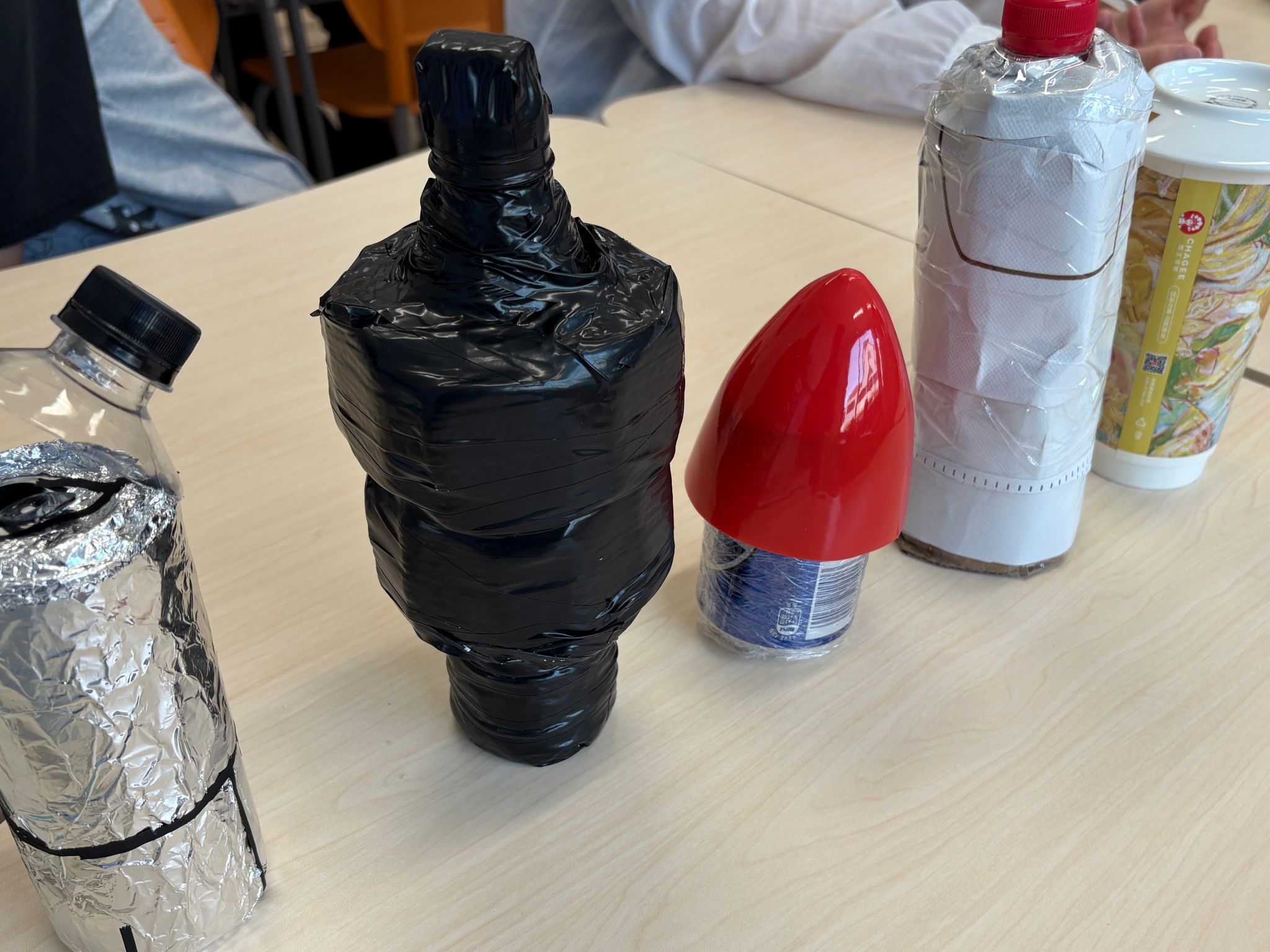
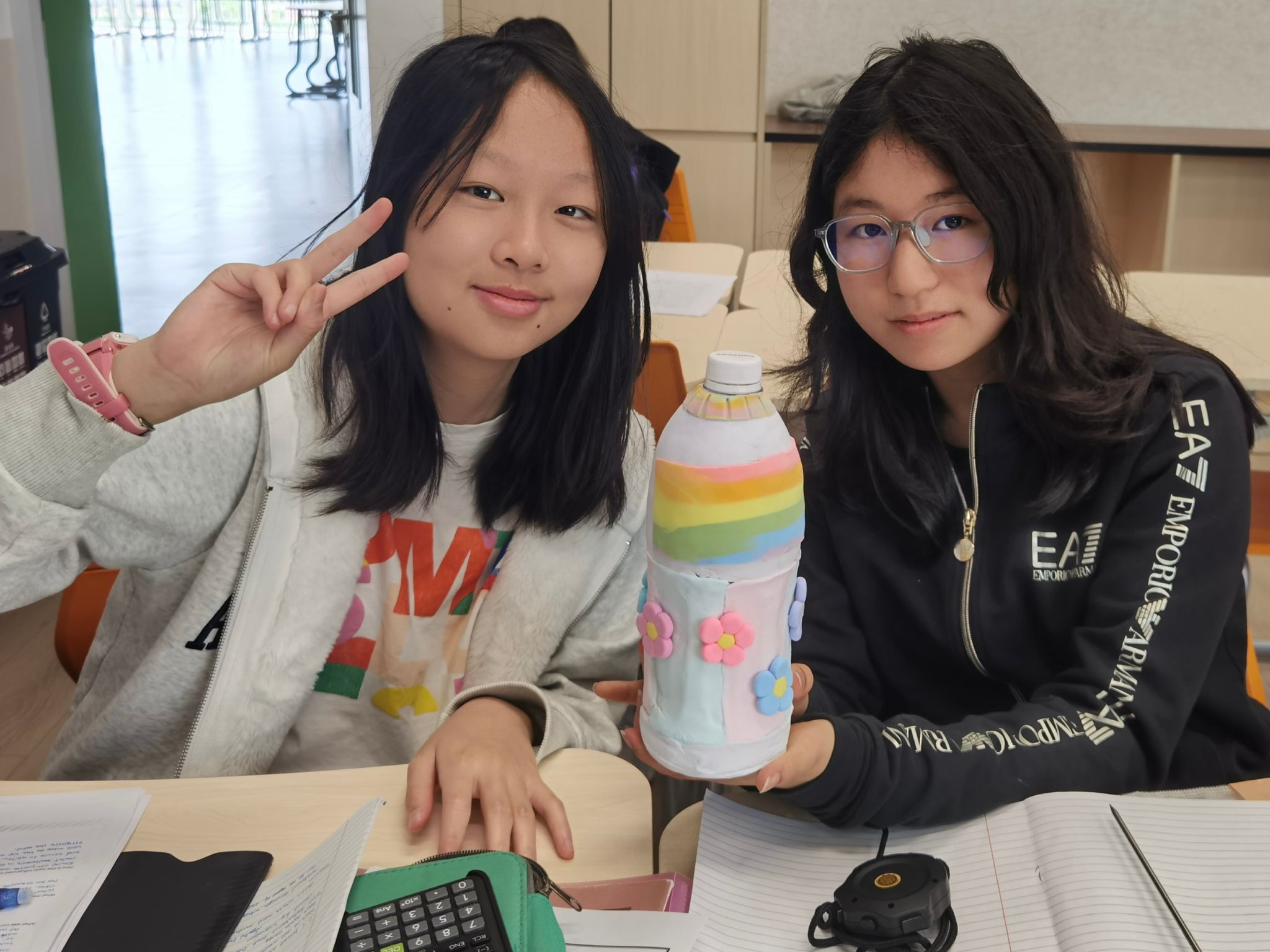
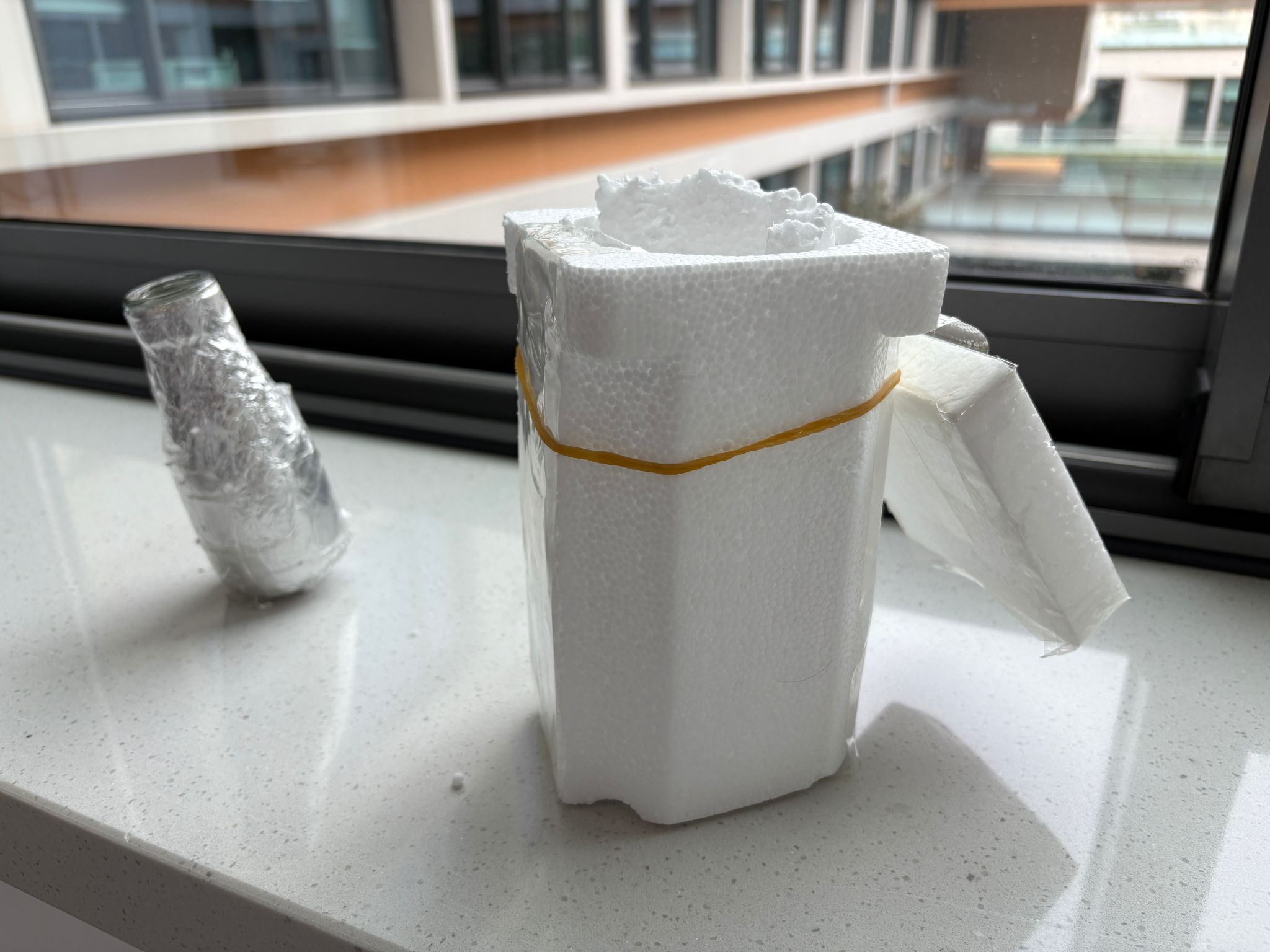
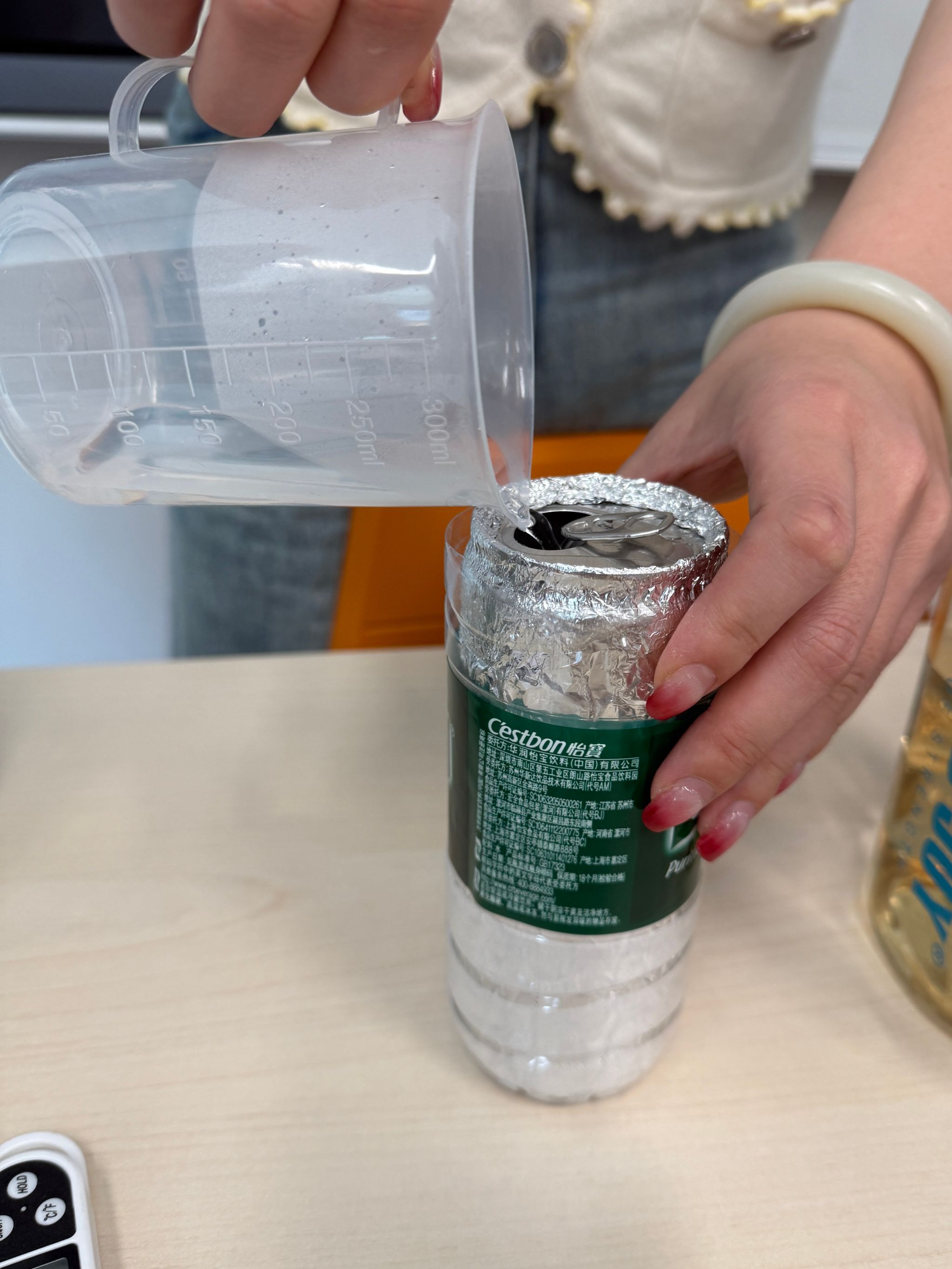
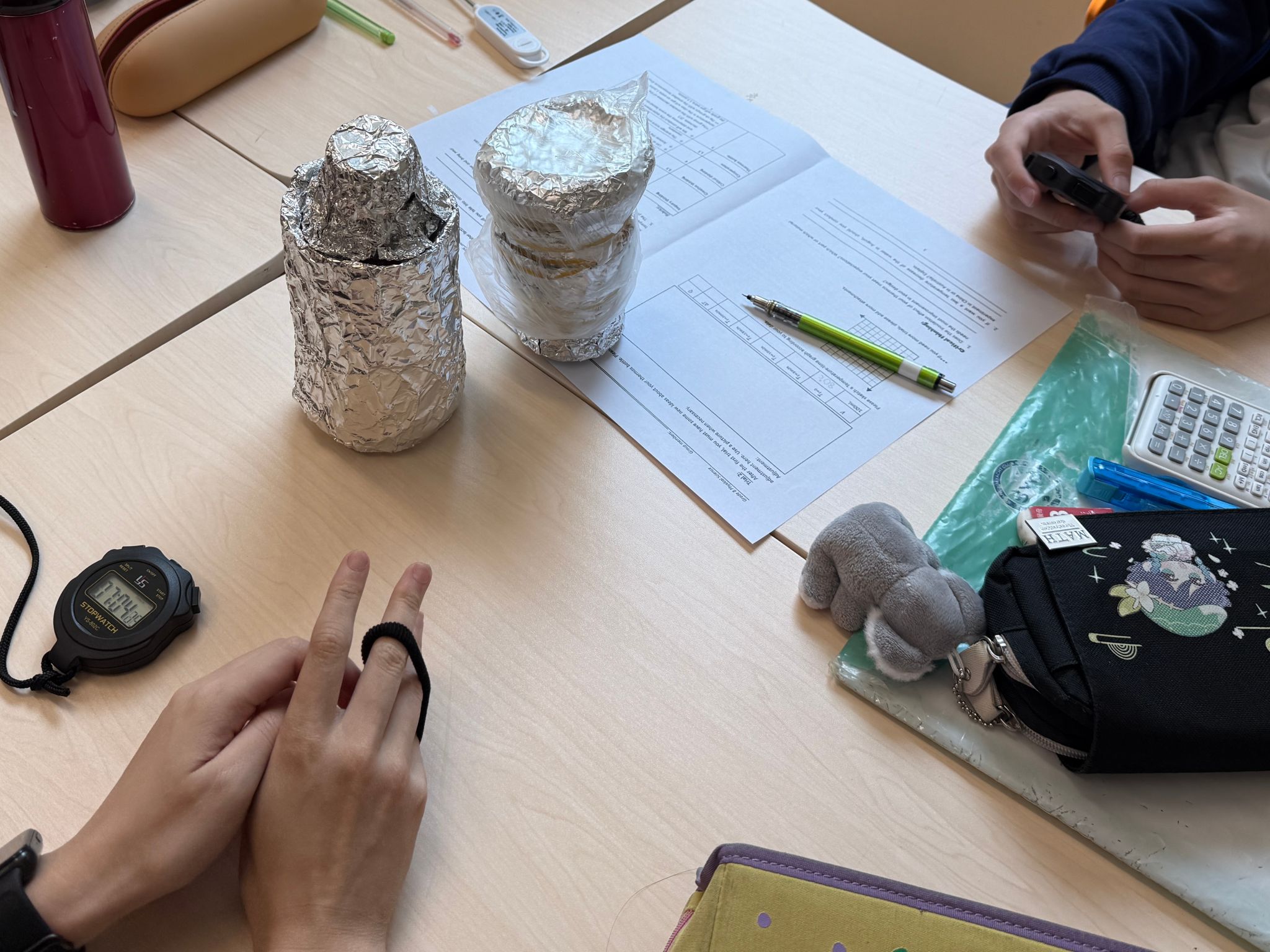
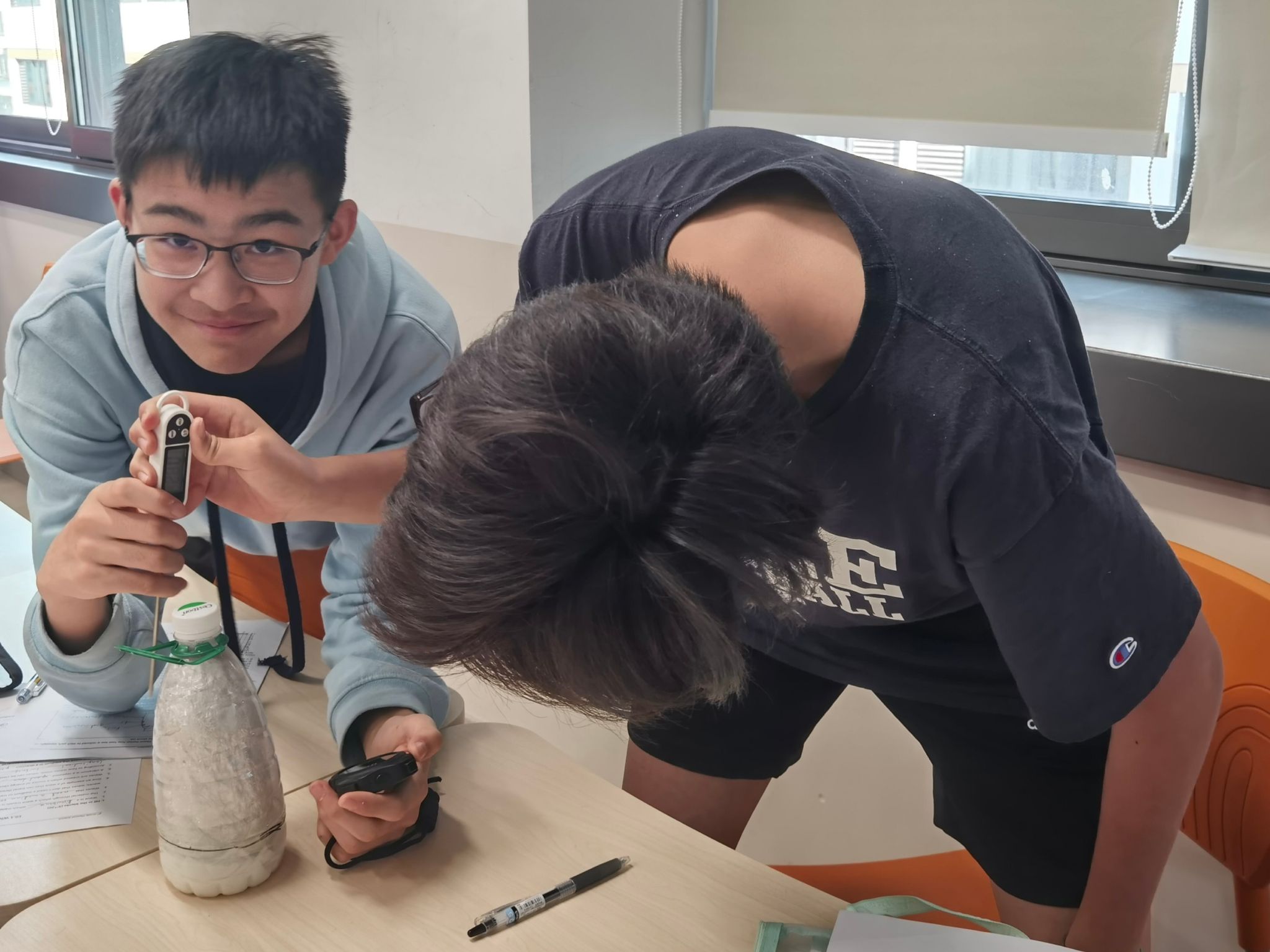
After meticulous design and construction, a variety of thermos cups emerged. Some were truly "insulation champions," allowing only a 7.4℃ drop in temperature over 20 minutes for 150mL of water initially at 80℃—a remarkable feat of thermal retention. Others stood out with their unique designs, demonstrating the students' exceptional design skills and boundless creativity. Some students even embodied the spirit of a perfectionist scientist, conducting multiple tests and refinements to achieve their ideal creation.
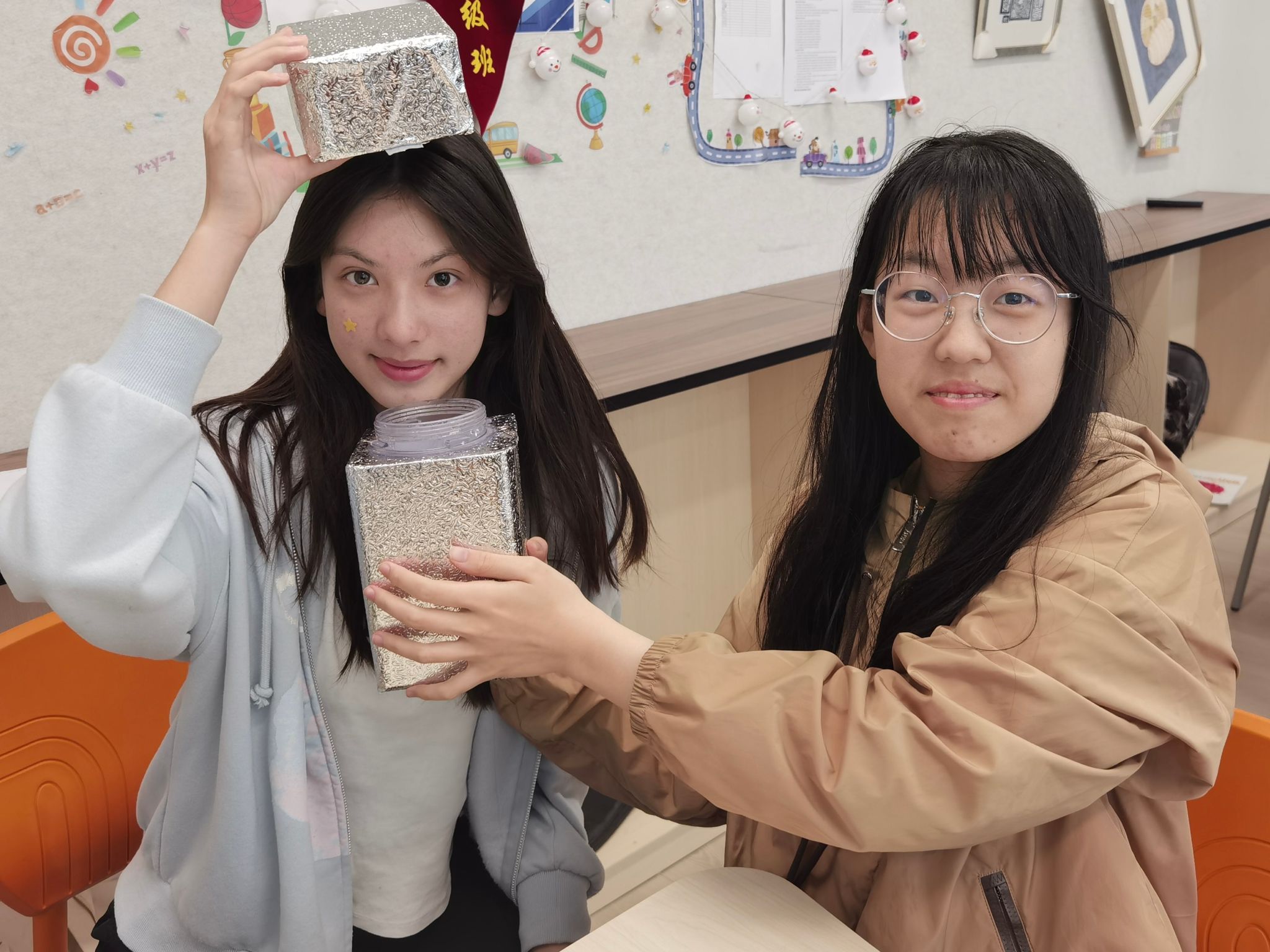
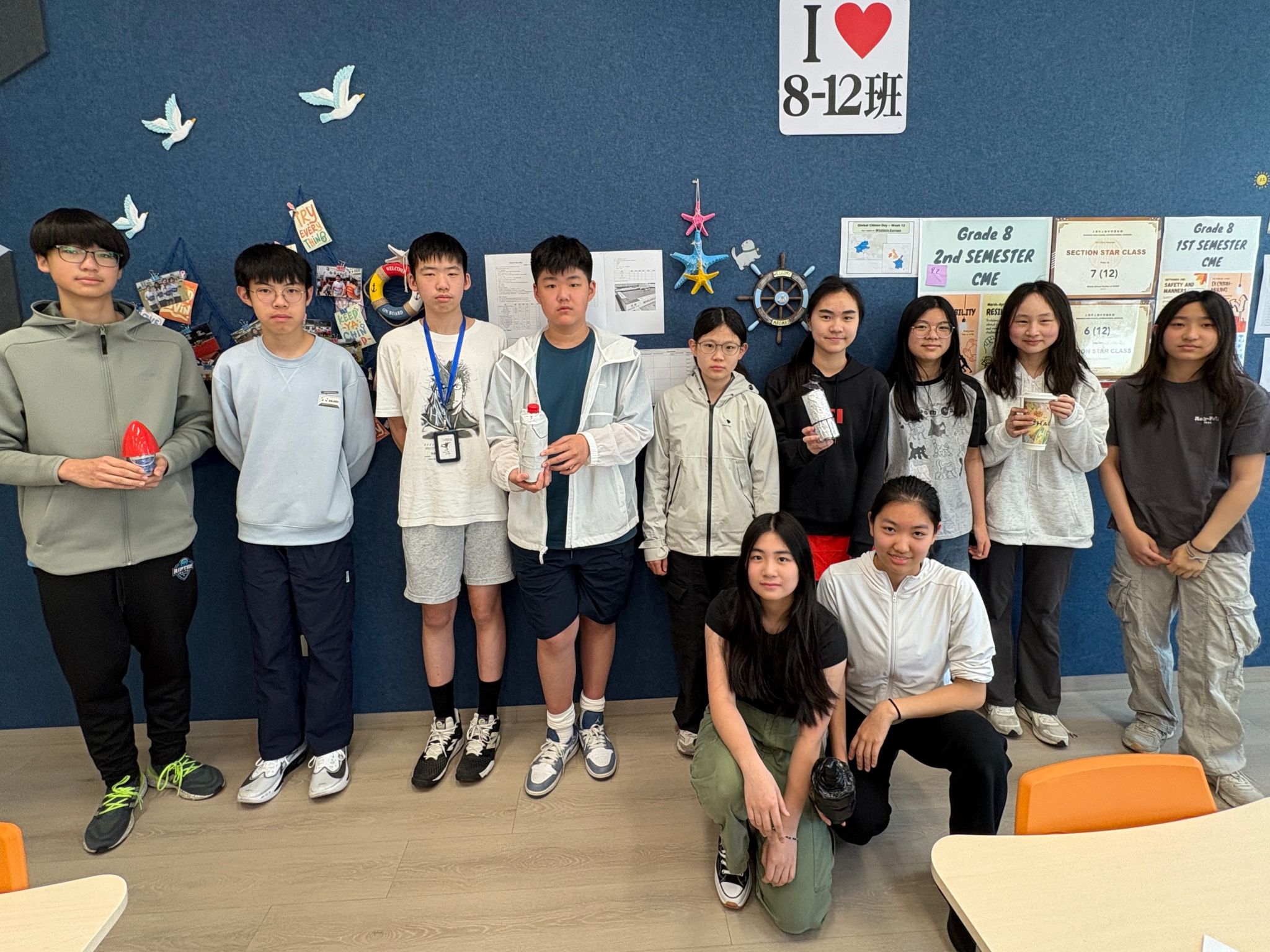
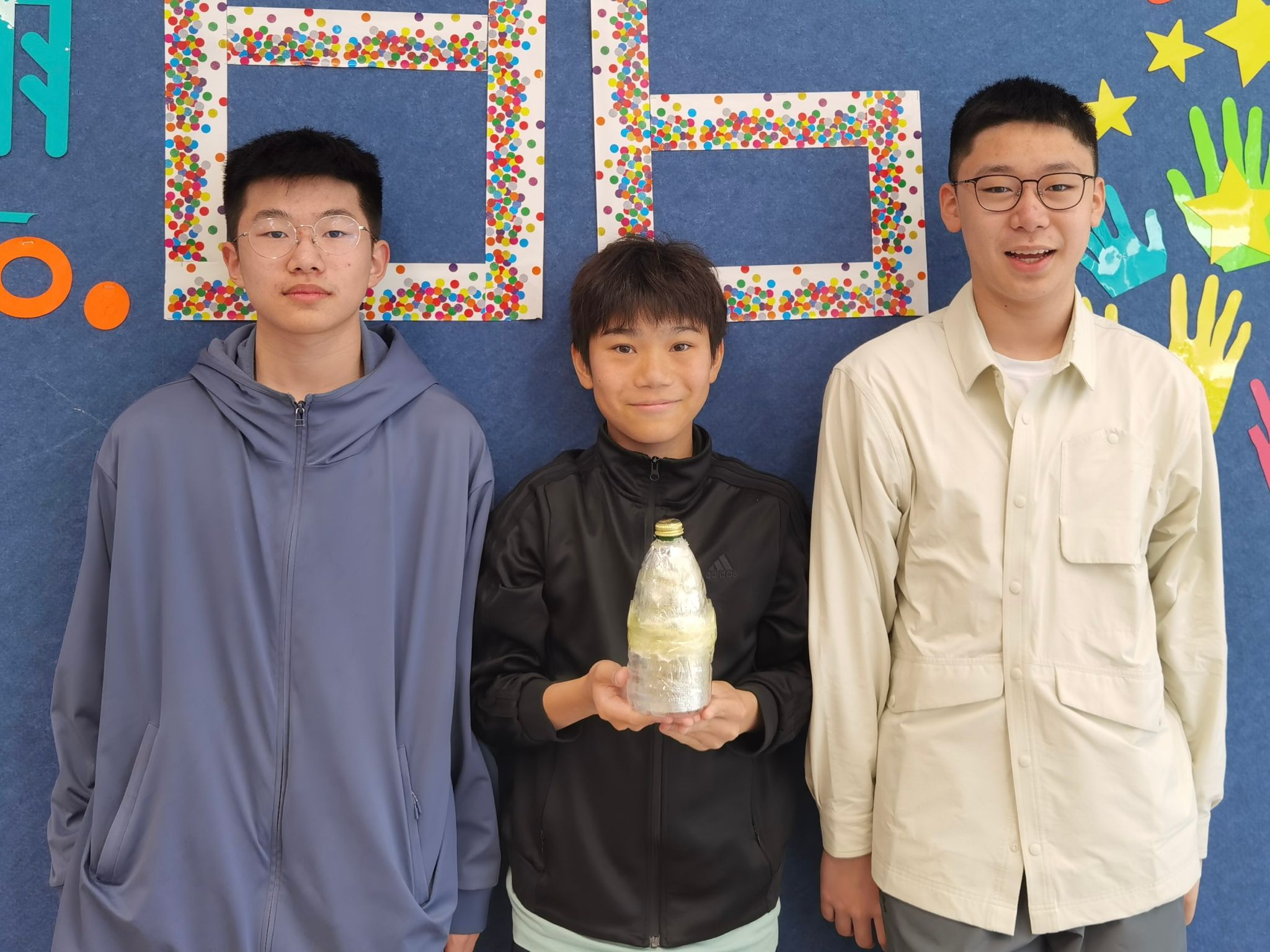
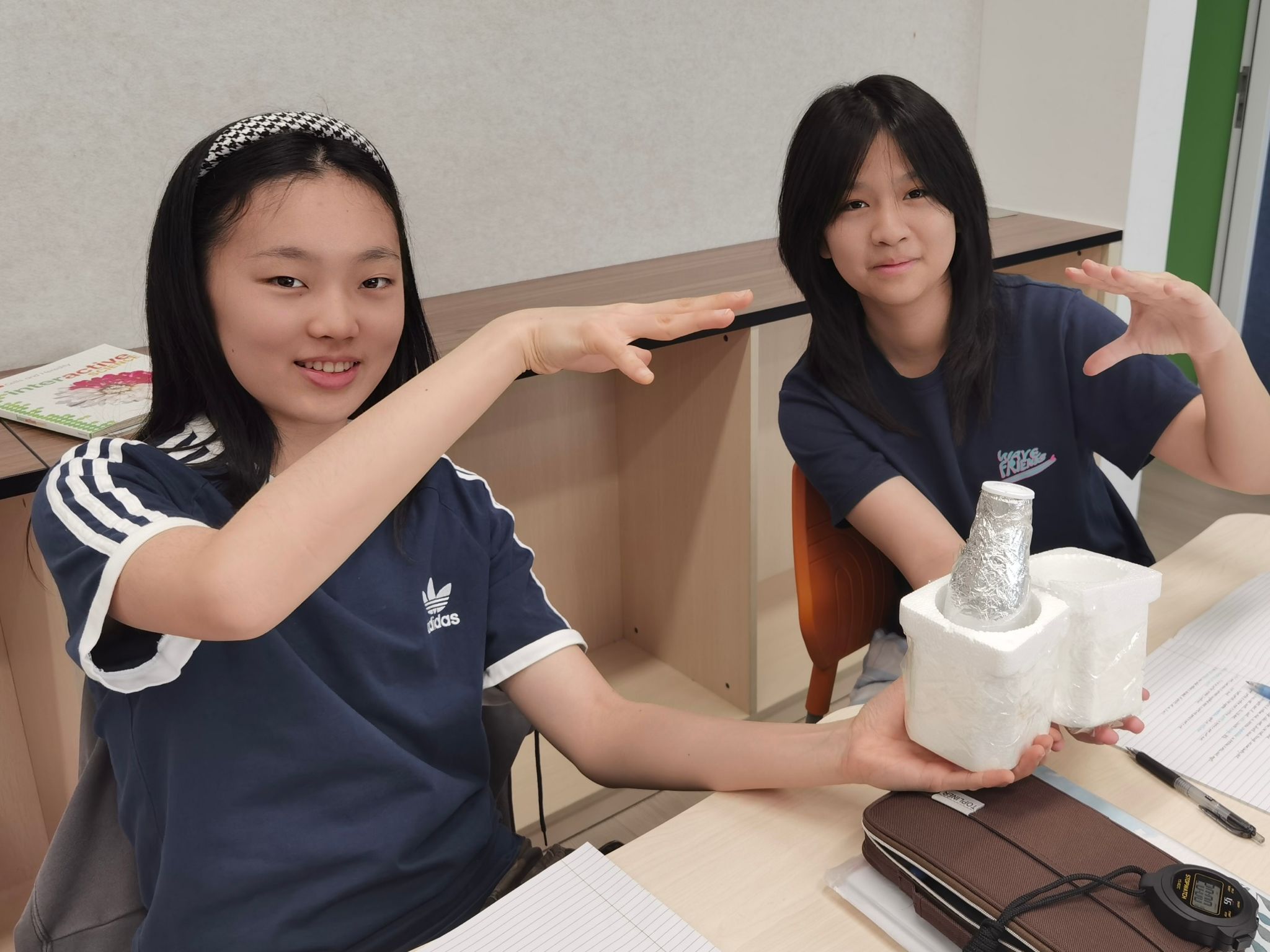
The Catapult Madness project transported students back to the ancient Spring and Autumn and Warring States periods, allowing them to experience firsthand the charm of ancient catapults. The project spanned approximately three weeks and was divided into three main stages: theoretical study, design testing and improvement, and the final competition.
During the theoretical study phase, students utilized the LC platform as a "treasure trove of knowledge" to independently learn about the mechanics, kinematics, and parabolic trajectories involved in catapult operation. They delved into the intricate relationships between factors such as the launch angle, projectile weight, air friction, and gravity, and how they influenced the catapult's range. Notably, the theoretical knowledge seamlessly integrated with the quadratic functions being studied in eighth-grade mathematics, creating an interdisciplinary bridge for students.
Armed with theoretical knowledge, students embarked on the challenging path of design. They conducted tests, collected and analyzed data, and iteratively improved their devices based on their findings. They also documented their understanding of project concepts, design ideas, and improvement processes through videos, which became precious records of their exploratory journey.
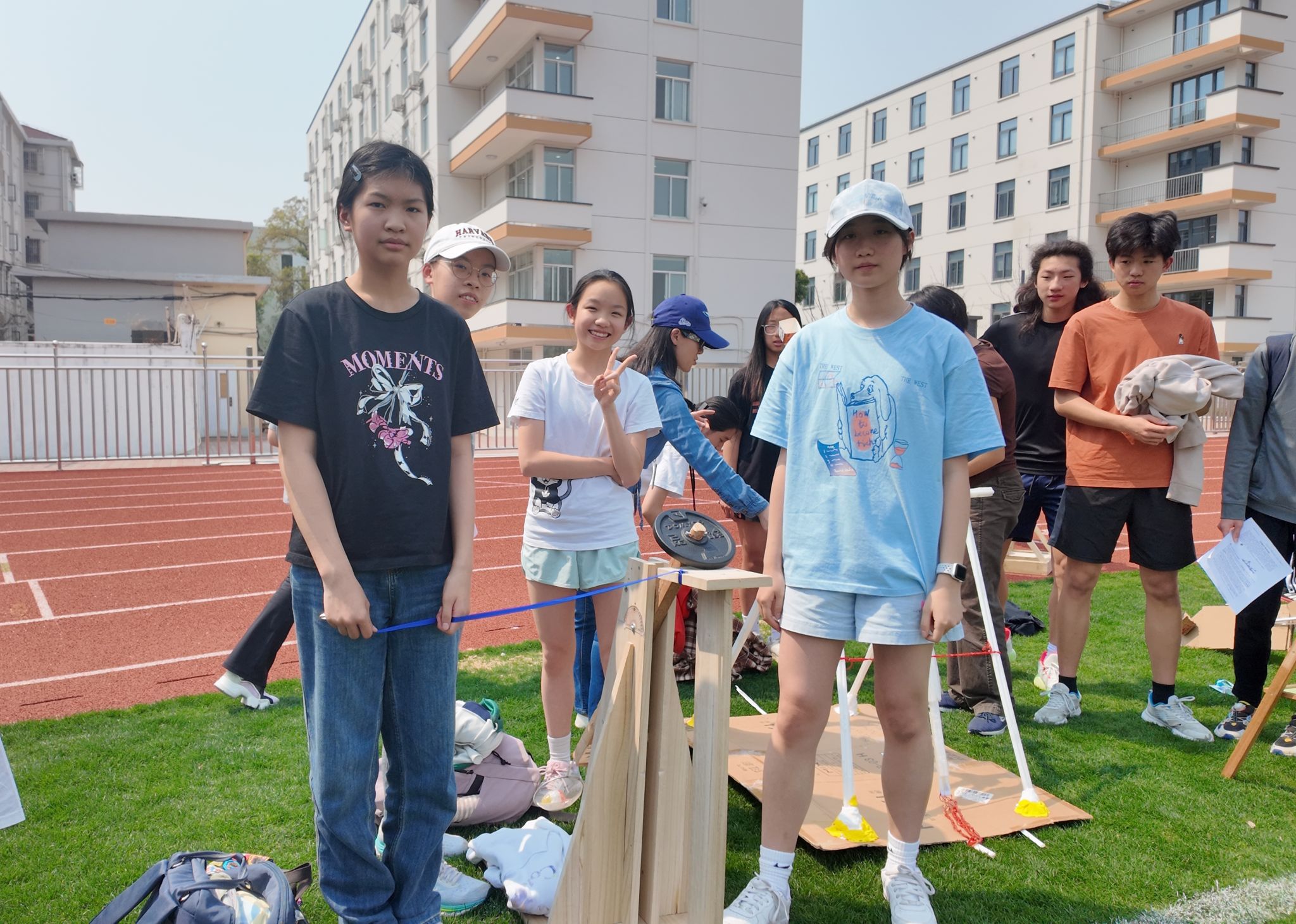
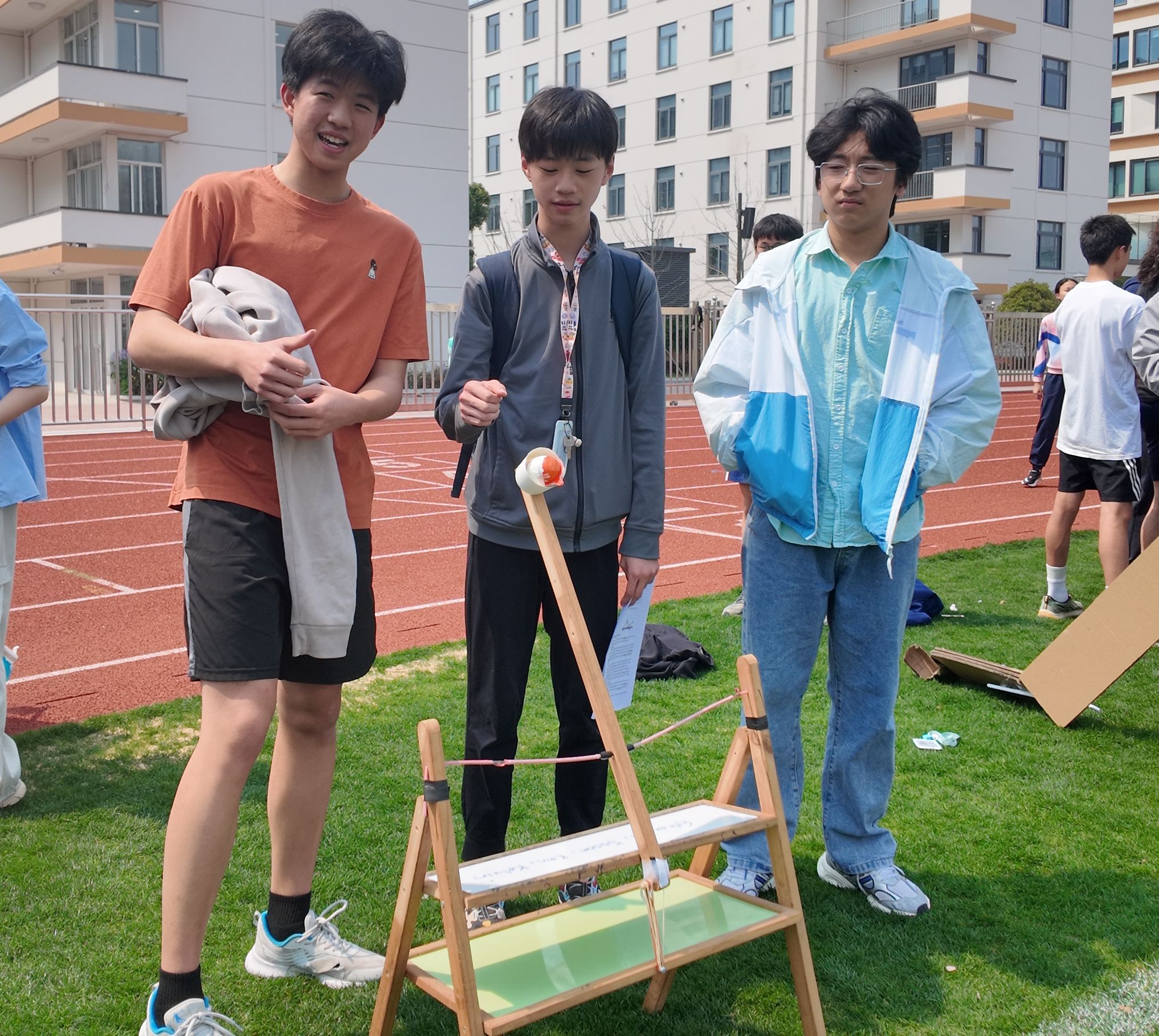
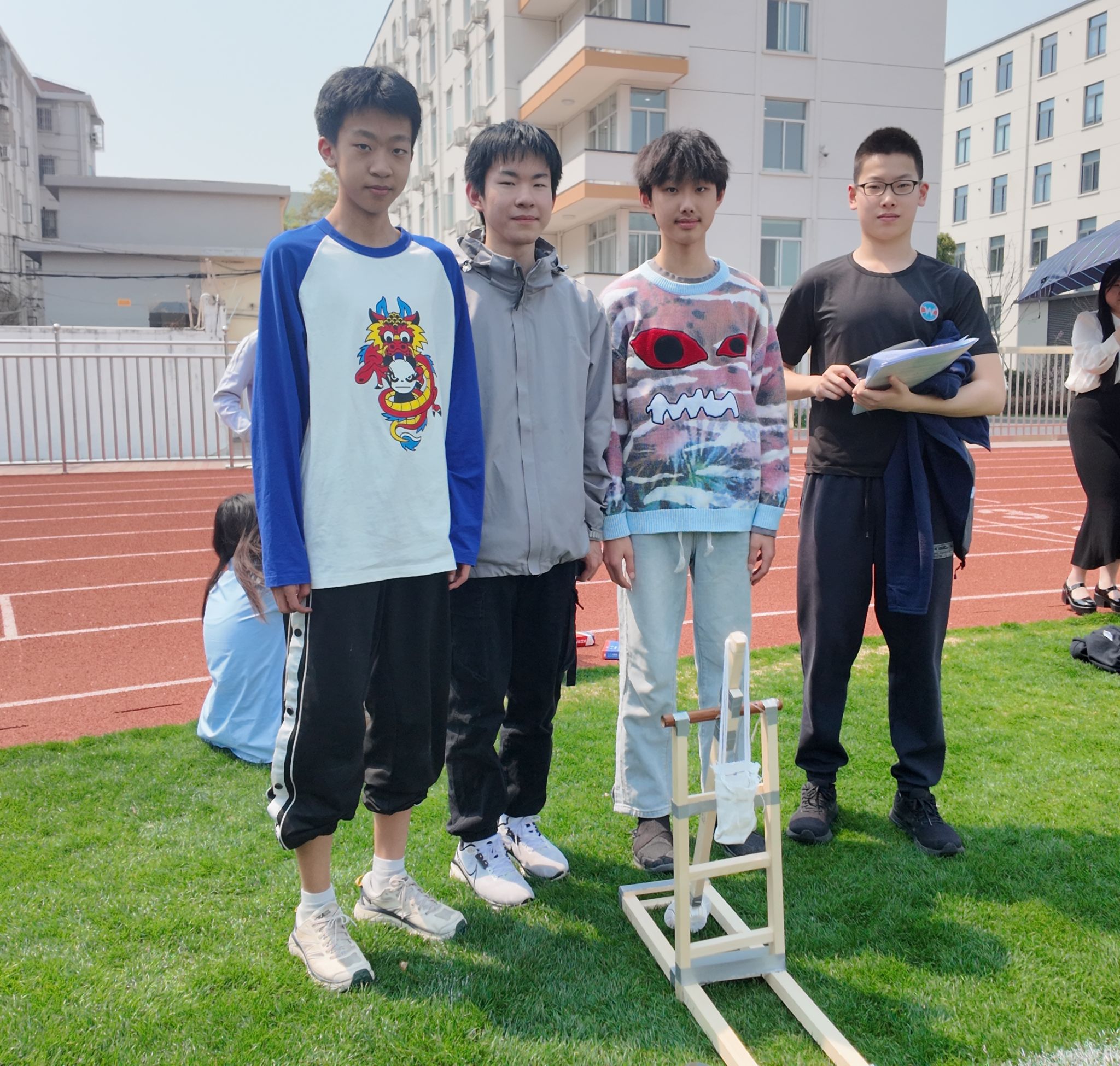
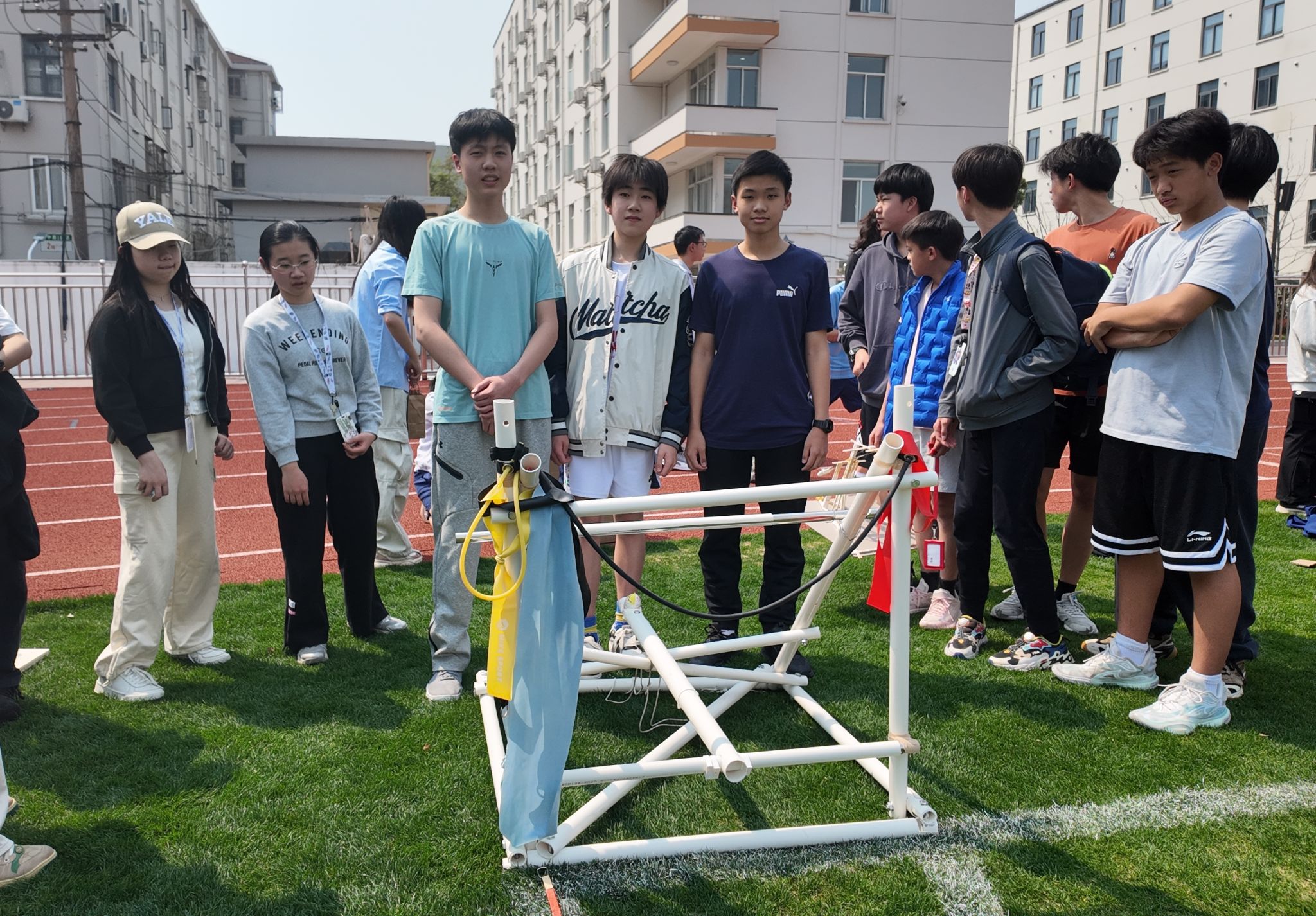
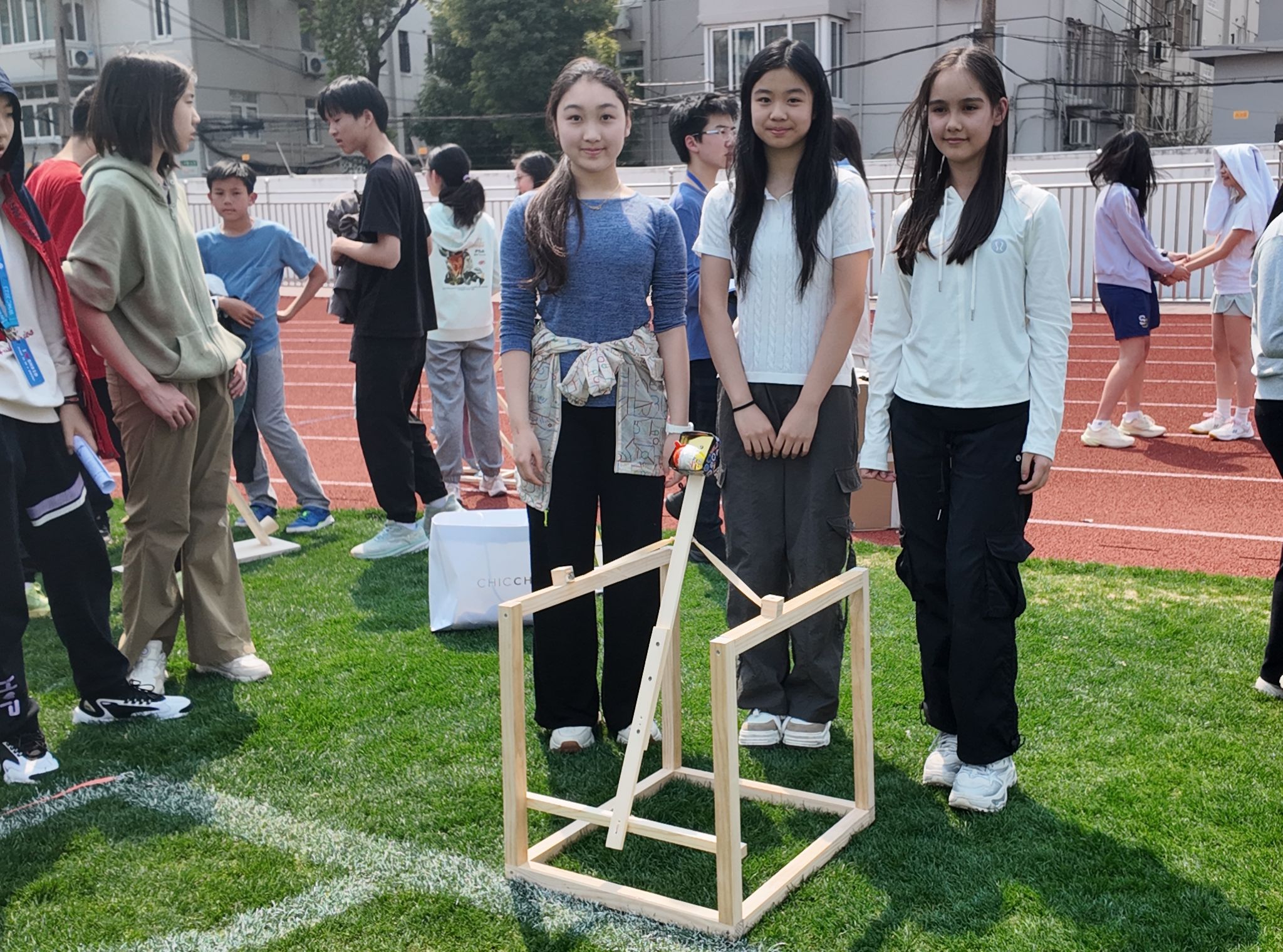
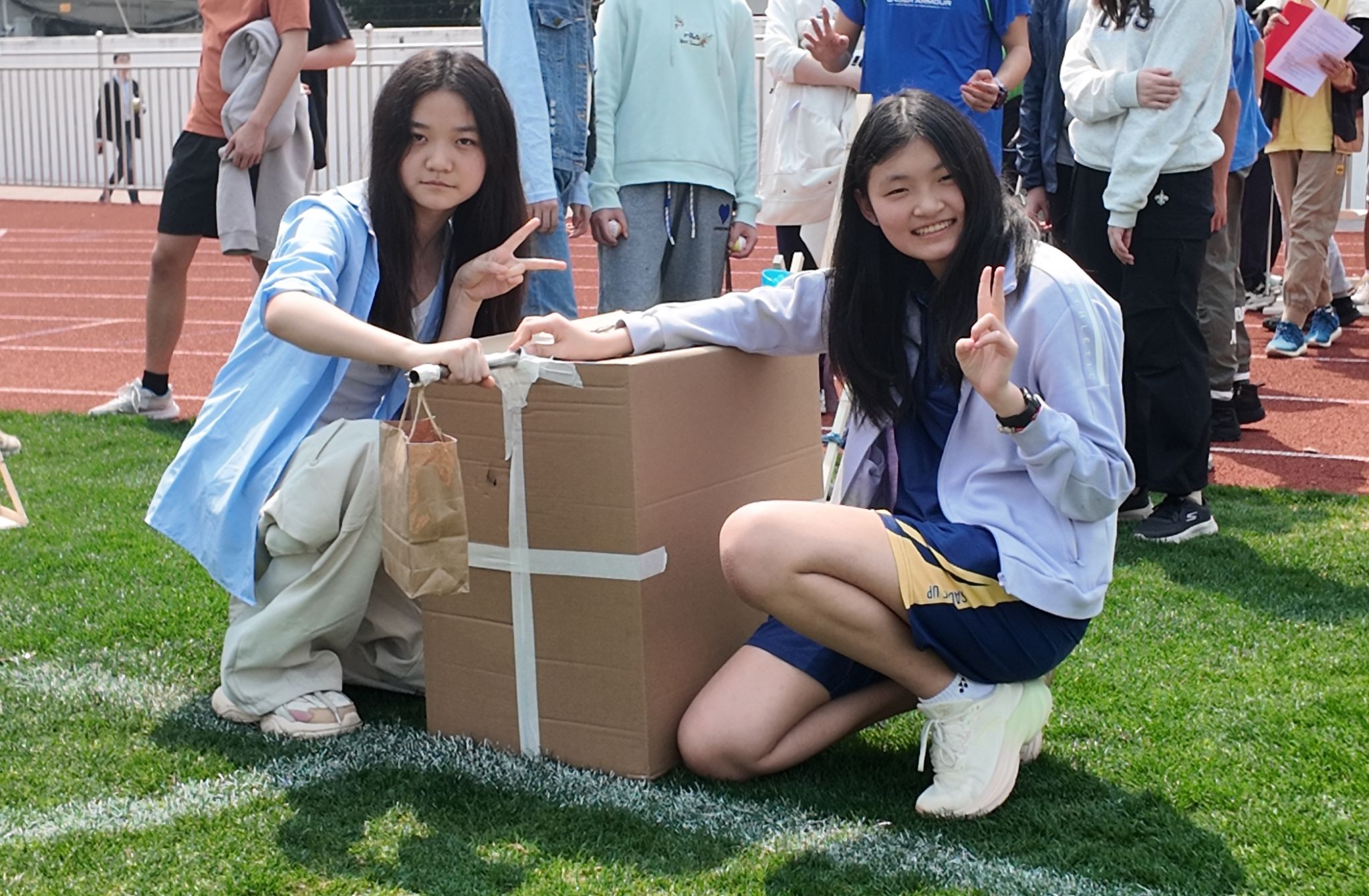
Finally, the thrilling moment of the final competition arrived. Contestants gathered on the football field for an intense showdown. Ultimately, the team consisting of 8-1 Leo, 8-1 Hanrui, 8-3 Michael, and 8-6 Kenny emerged victorious, claiming the championship. Their catapult achieved an astonishing range of 23.1 meters, igniting excitement among the entire audience.
These two project activities of the Middle School Physics Department served as a solid bridge connecting theory and practice. Students forged ahead on the paths of independent learning, design, and research, growing continuously through the cycle of testing, analyzing, and improving. Each group's work, regardless of the outcome, was a testament to their hard work. These creations bore witness to the students' exploration and growth in the world of physics, showcasing the boundless charm and immense potential of project-based learning.
Written by Ye Xiaojing
Proofread by Robert Van West III, Judah Kuhn
Pictures/Videos by Physics Department, 8-11 Rebecca, 8-12 Tiger
Reviewed by Guo Lei, Chenli Shen, Cong Luo